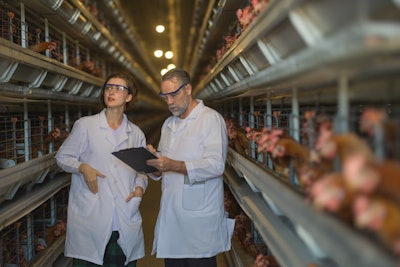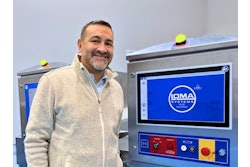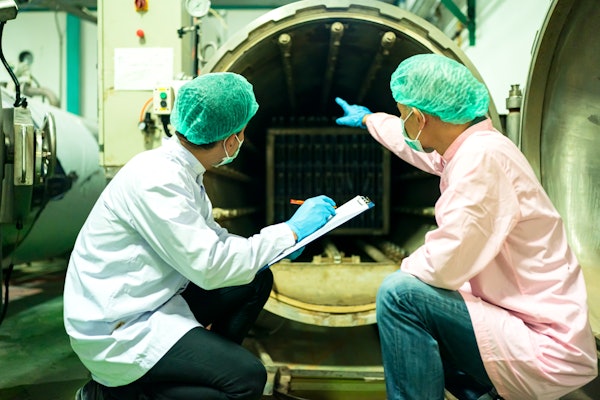The U.S. Department of Agriculture (USDA) will increase funding by $14.5 million to reimburse states operating their own meat and poultry inspection programs—an effort to maintain oversight of food safety amid budget pressures, according to a USDA notice. The funding will have the greatest impact on small and medium-sized producers and processors due to their tighter margins.
The funding increase for state inspection follows the Food and Drug Administration (FDA) suspending its quality control program for food testing laboratories, prompted by Department of Health and Human Services (HHS) budget and staffing cuts, according to Reuters.
But, the USDA expressed concerns that funding isn’t a sustainable path in leading food safety initiatives because it isn’t a long-term solution to inspection issues.
A USDA press release says, “Policymakers across the federal government should come together to think through ways to continue these critical state meat and poultry inspection programs.”
How state programs differ from federal inspections
Guidelines for federal regulations are based on The Federal Meat Inspection Act, Poultry Products Inspection Act, and Humane Methods of Slaughter Act of 1978. These laws set inspection standards before and after the slaughter of a meat or poultry product. The regulations require sanitary inspections of slaughtering and processing facilities, the humane slaughter of animals, and proper labeling of meat products.
Facilities that opt for state inspection must follow food safety regulations “at least equal to” federal standards. There are approximately 1,450 meat and poultry establishments inspected by State Meat and Poultry Inspection (MPI) Programs instead of federal programs, according to the USDA. Products produced under state inspection programs are limited to intrastate commerce.
While consumer packaged goods (CPG) companies may benefit from reduced inspection costs under the increased funding, rigorous oversight should be maintained to ensure product safety and compliance.



















